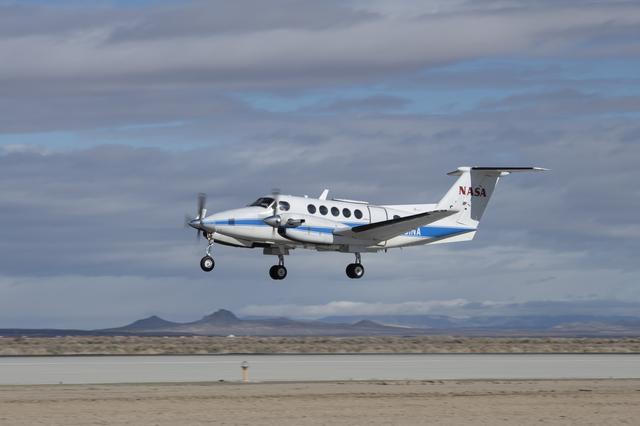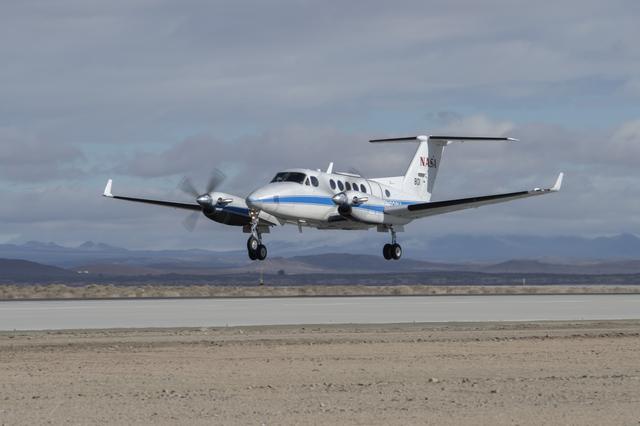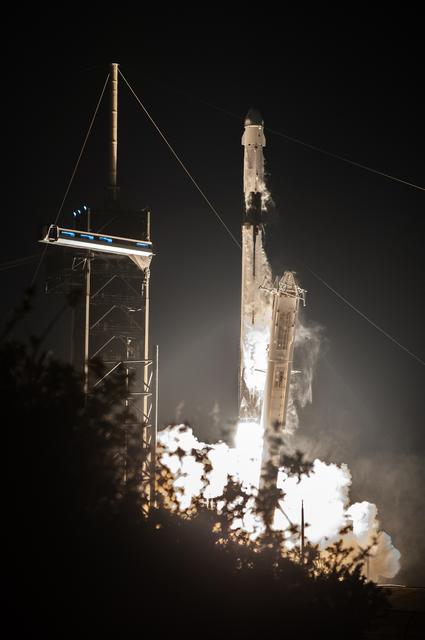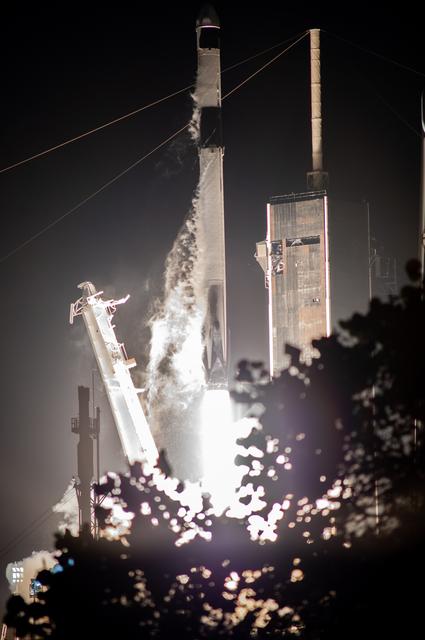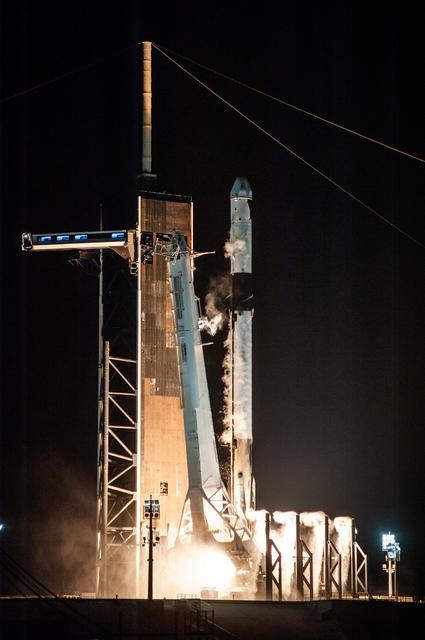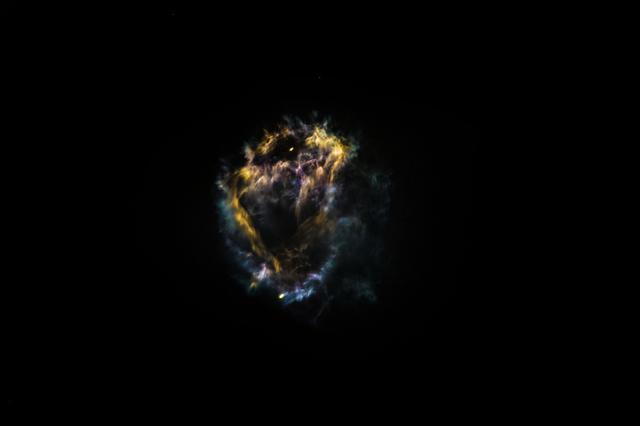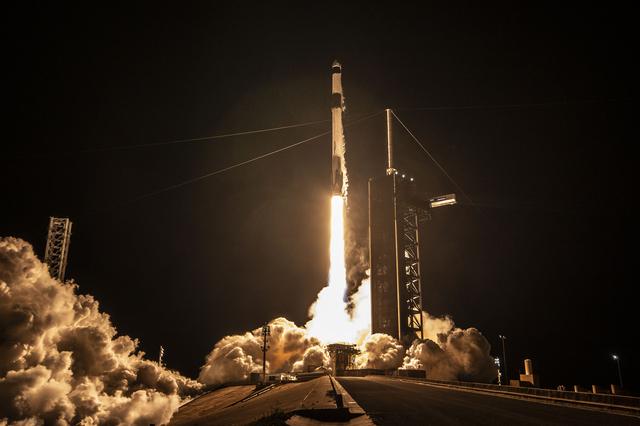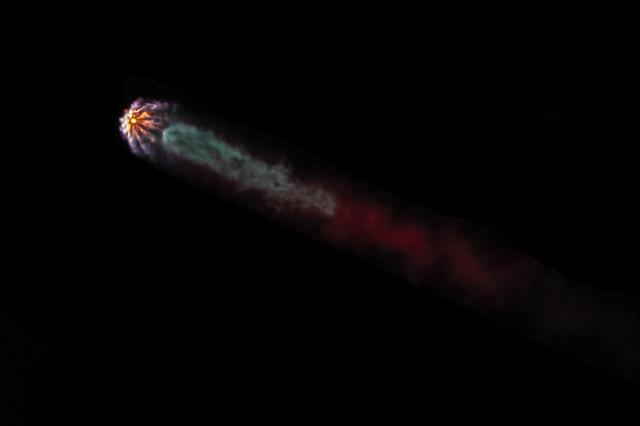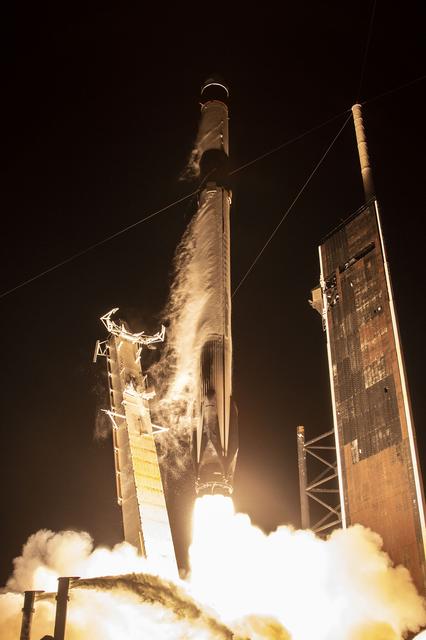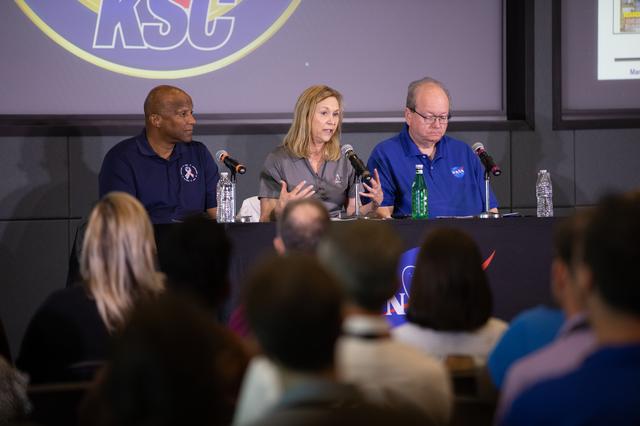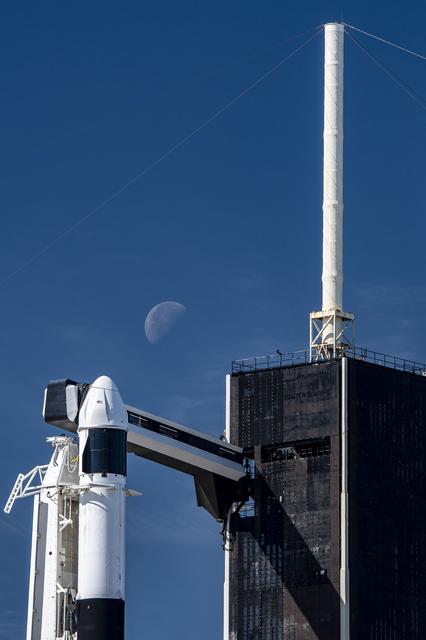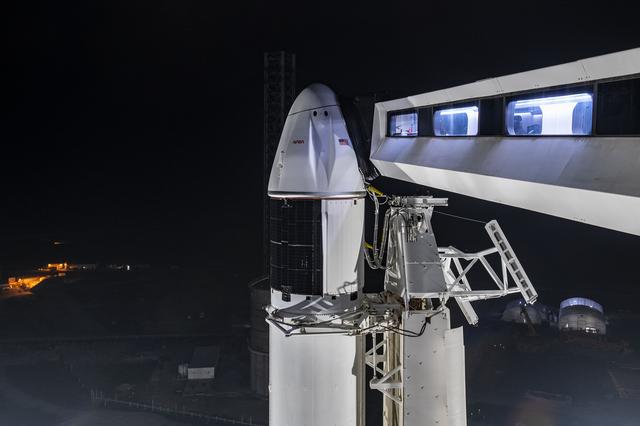Dana Bolles Portrait
"There are a lot of things I can do that other people who are 'able-bodied' can't. For example, I was at Costco, and they hadn't opened the doors yet, so we were all waiting outside (Costco customers, gotta love them. Every day is Black Friday). Anyway, I'm sitting there at the door waiting to go in. The security guard was trying to separate these two flatbed carts, and I asked him, and I was sincere when I said this, I go, 'Do you want help?' [He says] ‘Oh, hahaha no, no.’ And that really makes me mad. “Nine out of ten times when I offer my help, that's the response. Number one, people think I'm joking. Number two, how could I ever be helpful? Somebody in my position, 'my position,' right? "So, he gave up, and I took my chair and quickly hit the carts at the right spot. Because of my chair being heavy, I was able to separate them. Did that teach him a lesson not to do that ever again? Probably not. But the truth is, I was able to do that, and he wasn't. And he would never guess I could do something he can't do. “I wish people would look at us and say, wow, I wonder what she can do that is really cool, because that's how I look at my community. I don't look at the fact that they can't walk. I look and wonder what they could do. I would like to see [more of] that, so I'll keep offering my help. People need to realize not to make assumptions. Be open and curious about the abilities of everybody. “They say if you live long enough, there's a good chance you'll join this community. And just remember, if that were to happen, don't give up because with the right resources, you can have a great life. I know people who have become disabled who tell me their life didn't begin until they became part of the community because it's given them this whole new perspective and value to people, to the human spirit. “And that's what I like to impart to everybody; don't feel sorry for me because, with the right help, it's great." NASA Headquarters External Informa











